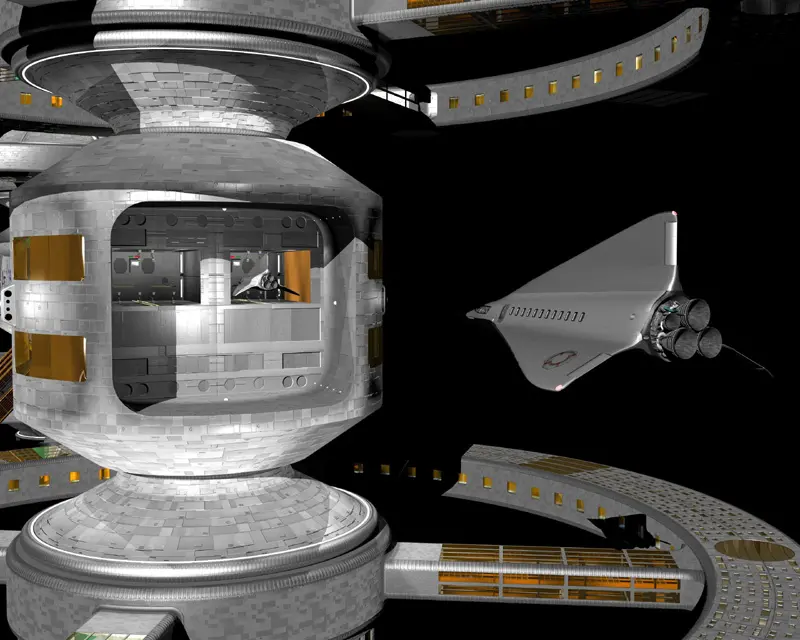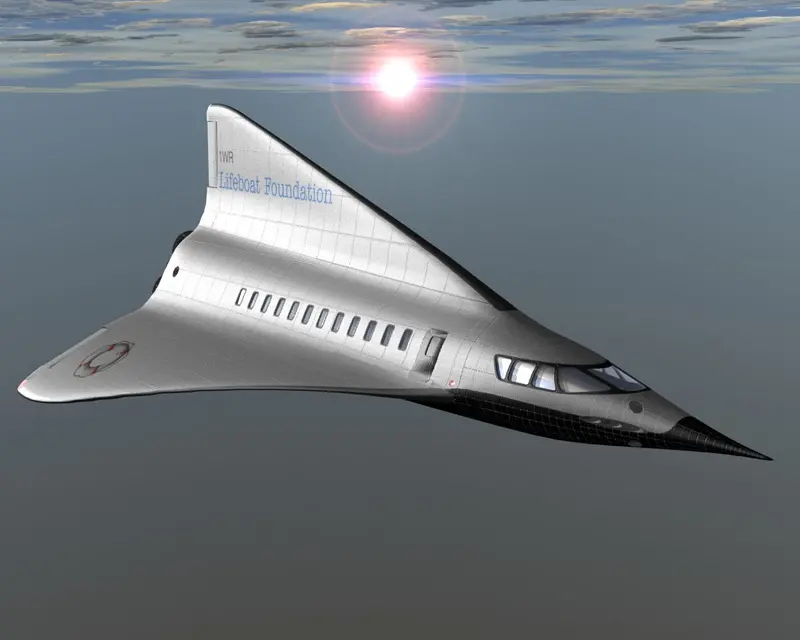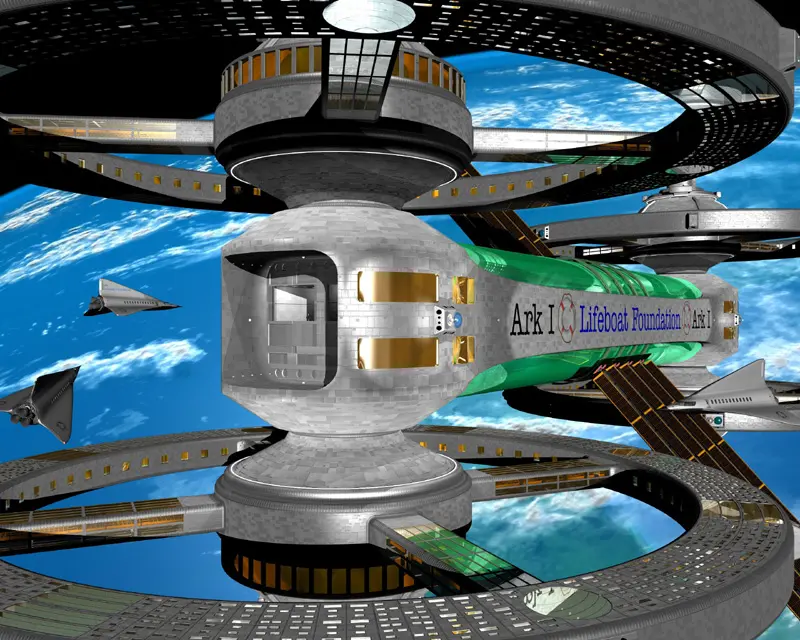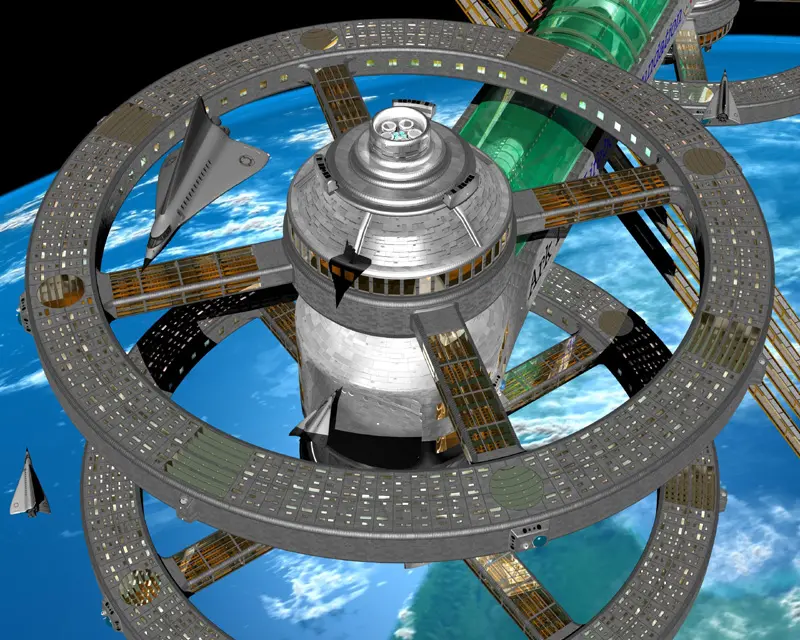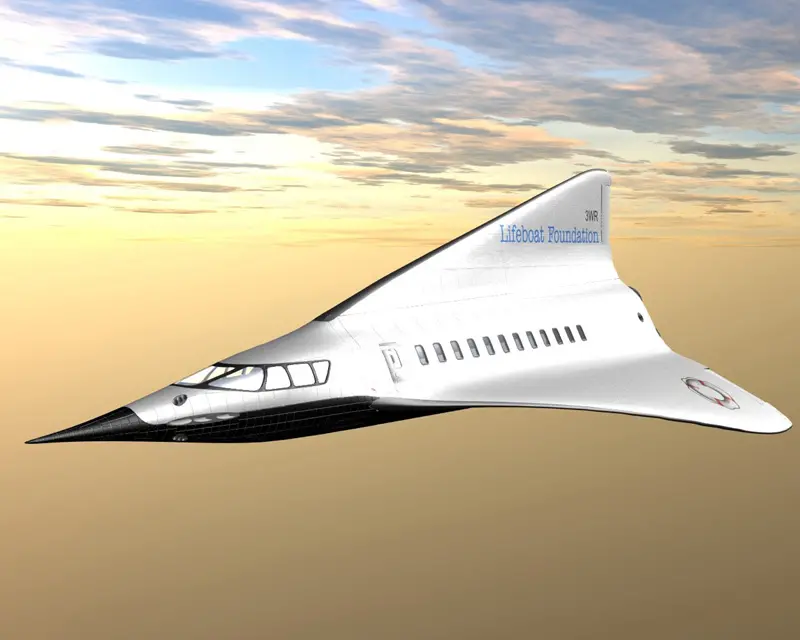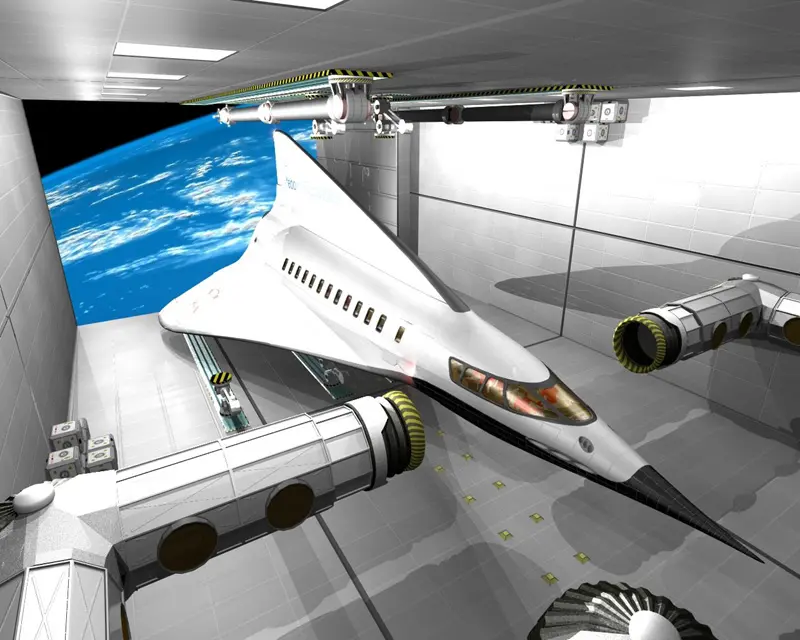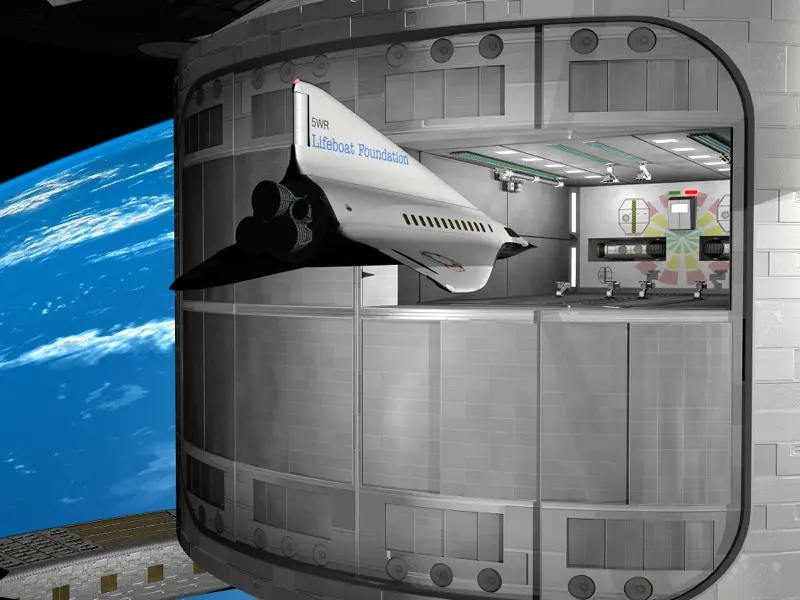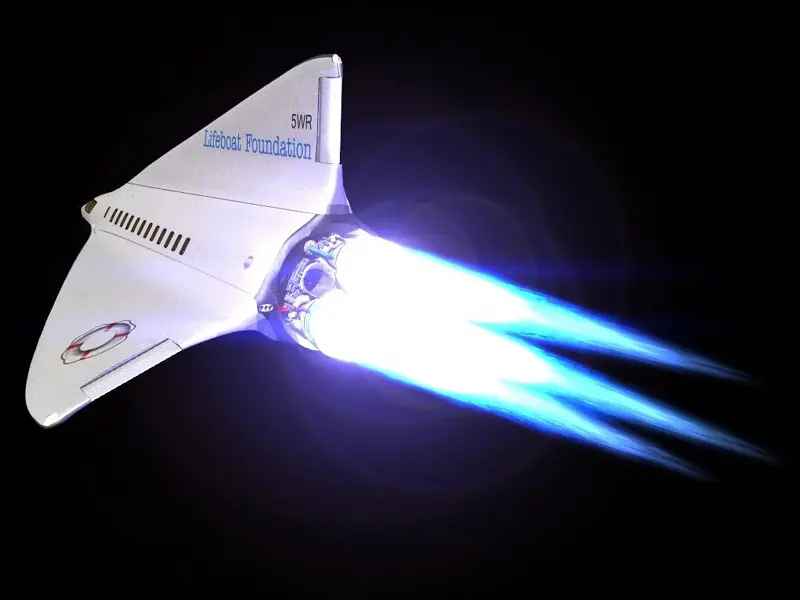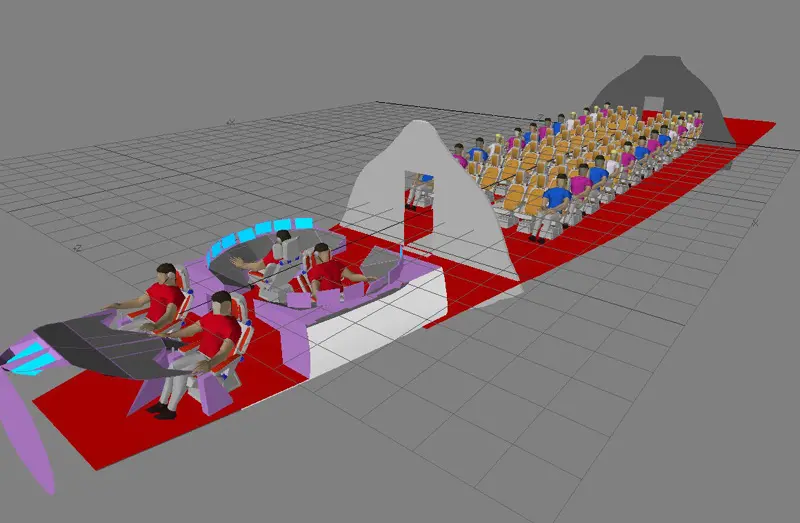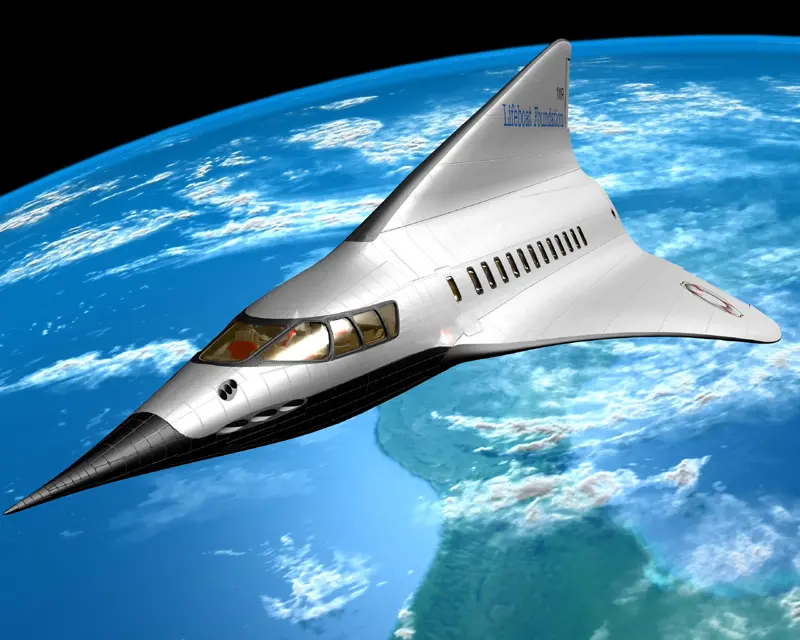Ark I
By Michael Dickey , James Doehring , Al Globus , and other members of the Lifeboat Foundation Scientific Advisory Board. This is an ongoing program so you may submit suggestions to [email protected] .
Overview
Ark I is a self-sustaining space colony built to ensure humanity could survive disasters that make Earth uninhabitable such as nanoweapon disasters or particle accelerator mishaps.
We are moving towards a world with less and less privacy. Your credit card reports and bank records are available to almost everyone, your phone calls are tapped, cameras are being placed everywhere, etc. This will only get worse when more powerful weapons are available to the individual. In the future, if you wanted a lot of privacy, you couldn’t live with billions of people whose lives depended on what you did. So instead you could live on a small spaceship with a couple thousand people who trusted each other.
Ark I close-ups.
Ark I Animations
Air
The air in each station will be at one third atmospheric pressure. It will be 60% oxygen and nearly 40% nitrogen, with less than 1% carbon dioxide. The nitrogen will suppress fires and the carbon dioxide, mostly expelled from occupants and waiting for reprocessing, will contribute toward plant growth. The one third of atmospheric pressure will reduce hull stress. The humidity will be kept between 30 and 50 percent.
Design/Construction
Learn about the design/construction of Ark I.
Gravity
Ark I’s living quarters will be mainly located in four large wheels which rotate to generate artificial gravity. The wheels have a radius of 150 meters and rotate at 2.4427 revolutions per minute to generate 1 gravity for outer wheel rooms and .7 gravity for inner wheel rooms.
The disorientating effects of simulating gravity using rotating wheels decrease as the diameter of the rotating structure increases. Ark I’s habitat rings will be large enough to make these effects unnoticeable and to comfortably house each rings 250 occupants, but not so large as to make construction too difficult.
One third of the living quarters will be in the main bridge where there will be no artificial gravity and these living quarters will be primarily used by visitors. For periods of time up to a year, people have no problem and no permanent side effects from living in weightlessness. In fact, most astronauts enjoy and look forward to time spent in weightlessness.
Based on the early successes of the Mir Greenhouse experiments, we intend to support plentiful plant life both in the simulated gravity rings and in the gravity free environment within Ark I’s connecting bridge. Plant and animal life will help to maintain a more natural and inviting feel to Ark I. See this example of Dwarf Wheat plants growing under LED lighting in zero G!
Heat
Excess heat will be radiated away from the station through heat radiating panels that are attached at a 90 degree angle to the solar panels.
Location
Ark I will be initially placed in orbit around the Earth at a height of 400 kilometers (248 miles) to make it easier to engage in trade and tourists from Earth. Both it and the other Arks will be moved further away from the Earth as the project progresses.
Why should we live in orbit rather than on a planet or moon? Because orbit is far superior to the Moon and Mars for colonization, and other planets and moons are too hot, too far away, and/or have no solid surface. Advantages include:
Materials
Launching materials from Earth is very expensive, so bulk materials should come from the Moon or Near-Earth Objects (NEOs are asteroids and comets with orbits near Earth) where gravitational forces are much less, there is no atmosphere, and there is no biosphere to damage. Our Moon has large amounts of oxygen, silicon and metals, but little hydrogen, carbon, or nitrogen. NEOs contain substantial amounts of metals, oxygen, hydrogen and carbon. NEOs also contain some nitrogen, but not necessarily enough to avoid major supplies from Earth.
Population
Ark I will have a permanent population of 1,000 people with a capacity for 500 visitors.
Power
Solar panels will provide nuclear fusion power by harnessing energy from the nearest nuclear fusion reactor — the sun. Also, four nuclear fission plants , one in the hub of each wheel, will provide Ark I with twice the redundancy of a nuclear powered aircraft carrier or submarine.
Propulsion
Being an advanced spacecraft, Ark I will have both high-thrust and high-efficiency propulsion capabilities. High-thrust propulsion will be suitable for situations that require a rapid change in velocity and can be obtained with chemical fuels. High-efficiency propulsion will be best when spacecraft operators have time to spare and want to get the most out of a given amount of fuel.
Chemical propulsion, which is used by the Space Shuttle and other large spacecraft, acts quickly and provides a lot of force. All manned spacecraft to date have used chemical propulsion. Therefore Ark I will incorporate chemical fuels, such as liquid hydrogen and oxygen, for moments that require a rapid trajectory response.
There is a theoretical maximum to the efficiency of chemical fuels, however. To keep the amount of Ark I’s onboard fuel at a reasonable level, more efficient ion or plasma thrusters will be used. These engines can use electrical power to generate thrust, and use far less fuel mass than chemical propulsion systems. Ion and plasma propulsion, like with NASA’s VASIMR rocket, must burn over long periods of time — which will be suitable for long interplanetary travel or slow trajectory corrections.
Radiation
Just as the Earth’s magnetic field helps protect its residence from harmful space radiation, Ark I will have powerful magnetic fields encompassing it and diverting energetic charged particles present in solar winds away from the station.
A less energy intensive alternative would be to use enormous amounts of matter, probably from lunar soil and Near Earth Asteroids, to cover the Ark I to protect its inhabitants from cosmic radiation. This would amount to ten tons of matter covering every square meter of its hull. Waste matter from NEOs could be used for this purpose.
Recreation
The weightlessness environment of the Ark I bridge will provide plenty of opportunities for astrobatics (weightless aerobatics) and weightless recreational opportunities, such as swimming through the air with wings and fins, and games like ‘Space Polo’ where two teams compete in a 3 dimensional game of micro-gravity polo, pushing off each other and walls. Additionally people on Earth are members of many social groups, religious, professional, or hobby orientated. People who travel to space to live, work, or vacation will take these memberships with them.
Safety
Each wheel has two sets of directional thrusters, two emergency docking hatches, and one set of nuclear, ion, and chemical thrusters. The nuclear power plant that powers the nuclear thruster also provides enough electricity to power the wheel.
Each ring is also capable of maintaining its own independent ecosystem, making it able to survive indefinitely if the rest of the station was destroyed.
Sensors
At the top of each hub is a sensor mounting ring. Antennas, radar, EM domes, and telescopes are housed in protective compartments attached to this ring.
WaveRiders
Lifeboat WaveRiders, to be used by Ark I for cargo, construction and travel purposes, are uniquely designed on an operative principle very different from that of conventional aircraft. WaveRiders “surf” on their own shock waves. Gliding at supersonic speeds, the WaveRider’s passage through the atmosphere creates a shock wave, which is trapped in an aerodynamic trough on its underside.
Trapping the shock wave generates several very important effects: First, the sonic boom is greatly minimized, since the bulk of the shock wave is contained within the trough. Second, compression drag, and its attendant heating of the capsule are significantly reduced. (This will enhance the systems overall efficiency and ease engineering and maintenance problems.) Third, much of the energy in the shock wave goes to generate lift, giving the WaveRider, a tremendously increased glide ratio. (Ten times the lift-to-drag ratio of conventional hypersonic designs.)
Each WaveRider can carry 72 passengers using 6 seats across , with 2 pilots and 2 additional crew.
The hangar that WaveRiders dock in is not normally pressurized, instead passengers enter through an extensible tube similar to what is common at airports.
Windows
All windows will have a thick (viscosity) Ferro fluid spread over a grid of wires with current flowing through them. Ferro fluids are magnetic fluids and they will conform to a magnetized structure. This thin but viscous layer of Ferro fluid will quickly fill any holes created. The temporary seal they create will be able to handle the atmospheric pressure in the station.
Each wheel also has two sets of laser/radar domes that can be used to destroy small meteorites.
Resources
Orbital Space Settlement by Al Globus – ongoing project.
Self-sufficient space habitat designed by Carolyn Barry, COSMOS magazine – October 9, 2007.
